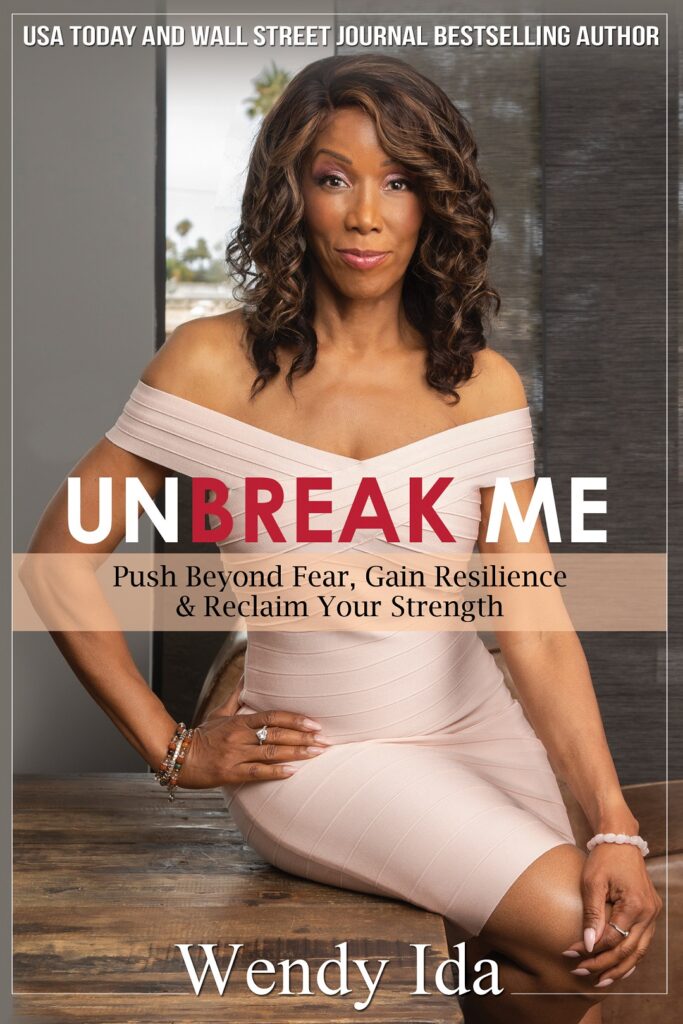
It’s January! Time to make your New Year’s Resolution, right?
Right…?
Maybe not….
All cards on the table: I do NOT believe in making New Year’s Resolutions. Why not? Because, at the end of the day, in my experience, they just don’t work, and can even end up working against you. If you stick to your resolutions, you might experience short-term gains, but if you can’t, you’ll just wind up with long-term frustration.
What’s the matter with New Year’s Resolutions?
Think about how you might phrase a typical Resolution:
“In 2018, I resolve to….
“…eat more vegetables.”
“…exercise more.”
“…spend more time with my kids.”
The problem with these resolutions is the word “more”. What does “more” mean?
If you currently eat no veggies (just for the sake of argument!), and start eating a carrot a day, are you keeping your resolution? What if you drop to every other day? What if you stop eating carrots and switch to veggie pizza? Or processed veggie chips? Are you still being “good”?
The problem with the word “more” in these resolutions is that it’s not measurable. And most importantly, it doesn’t provide any information about what you actually want to achieve by making these kinds of changes.
You might think that a lack of structure in a resolution would make it easier to achieve. If you’re at zero, then anything is an improvement, right? But the looseness of these kinds of statements makes it easy to overdo it—and then feel like a failure if you can’t keep up the pace. It can also make it easy to “underdo” it and then taper off after a while when you don’t “feel” any different. Either way, you end up right back where you started—waiting for next year to make another resolution.
Let’s consider a different kind of resolution:
“In 2018, I resolve to….
“…get a promotion.”
“…get a new client every month.”
“…publish a book.”
Well, OK, these sound measurable, don’t they? The problem here is that too many of the factors influencing these outcomes are out of your control. You might do everything right, work your tail off, and win the love of your clients and management—but if your industry hits a rough patch or your company has lay-offs, you may still not be able to “keep” your resolution. Simply put, you can’t make resolutions for how other people are going to act.
These are just a couple of reasons why I don’t believe in making New Year’s Resolutions. But what I DO believe in is setting goals—and then living toward your goals. Goal-making is a PROCESS that starts with the one ingredient that resolutions often overlook: what you want to achieve, and who you want to become in the future.
With goal-making, it’s OK to start big and general, for example: “I want to have a healthier lifestyle.” But we don’t stop there. The next step is asking, “What does a healthier lifestyle mean?” or even better, “How will I know when I’m living a healthier lifestyle?”
Maybe your answer to that question is, “I’ll know I’m healthier when my resting heart rate is less than 80 BPM,” or “I’ll know I’m healthier when my doctor says my cholesterol is in a healthy range.” So then, the next step could be to say, “OK, what can I do to improve my resting heart rate?”
Now we’re getting somewhere, and we’re in a position to make a good, evidence-based plan with concrete actions. Both cardio and weight training have been demonstrated to improve resting heart rate. The Centers for Disease Control and Prevention (CDC) recommend at least 150 to 300 minutes of moderate aerobic exercise—or 75 to 150 minutes of vigorous exercise—every week, plus muscle-strengthening activities at least two days a week. Now we have a target to work toward. And if 2½ hours of brisk walking a week isn’t possible for you right now, you can set additional interim goals until you work up to that level.
This is just one example of one kind of goal. Your goals might relate to health and fitness, or nutrition, finances, your career path, or your family life. The key is the PROCESS: start with a vision of what you want your life to be like, and then gradually add definition to that vision until you arrive at specific, achievable goals with measurable results.
Besides PROCESS, the other big difference between making goals and making resolutions is GROWTH. Rather than just “keeping” a resolution, we continually advance toward our goals. And when we reach a goal, we celebrate and then set another—propelling ourselves along into the future, step by step.
In my last blog post, I mentioned the “Ten-Year Rule” — in ten years, which choices will you look back on and be glad you made? This is one technique you can use to get started thinking about long-term goals. I’ll talk more in a later blog post about other tips for goal-setting, the kinds of questions you can ask yourself, and the kind of plans you can make.
In the meantime, tell me—what kind of goals do YOU want to set? Not just for 2018—but for “future you”?
Write and let me know—I’m eager to help you take back your life!
Happy new year, everybody!


